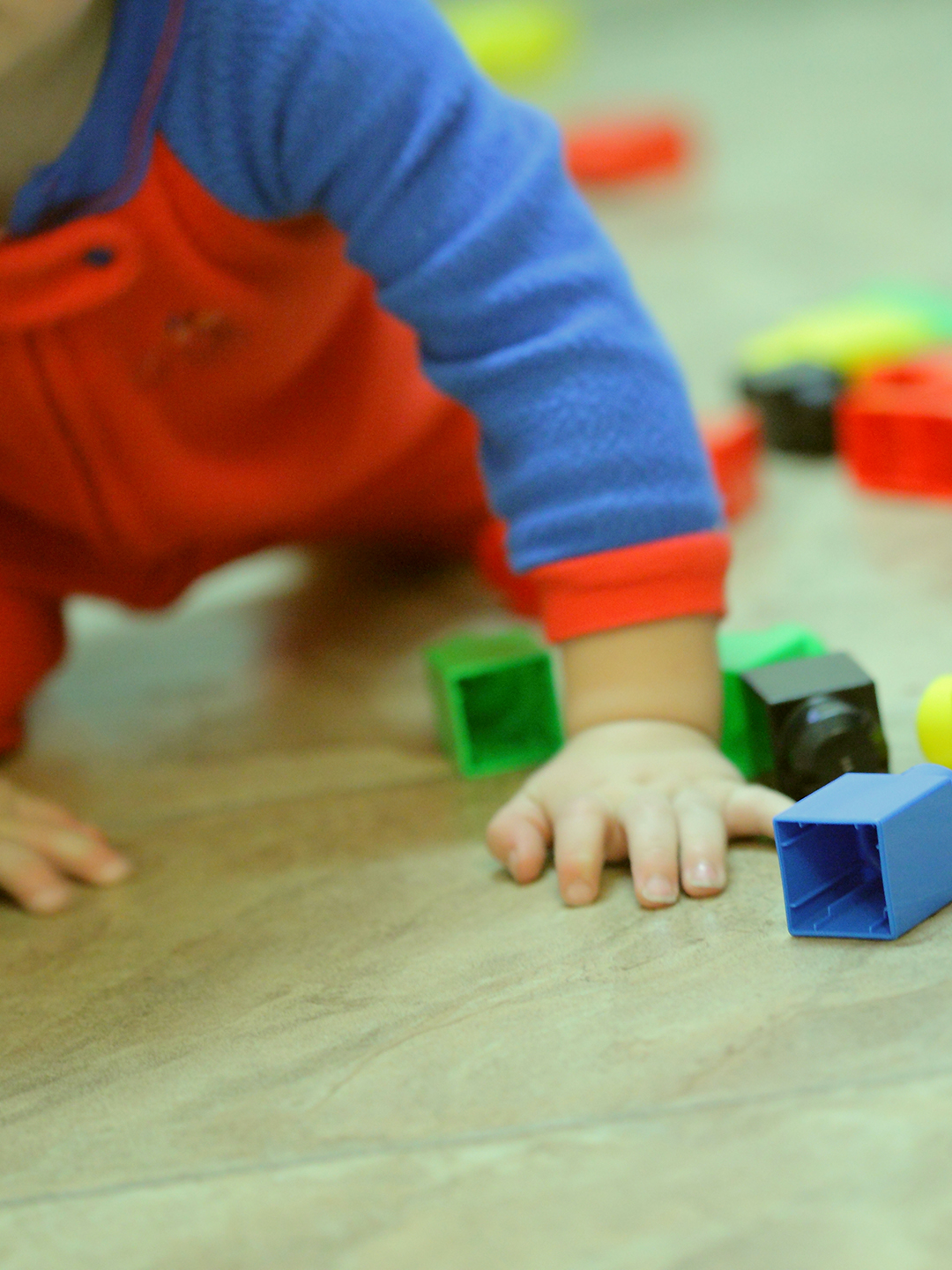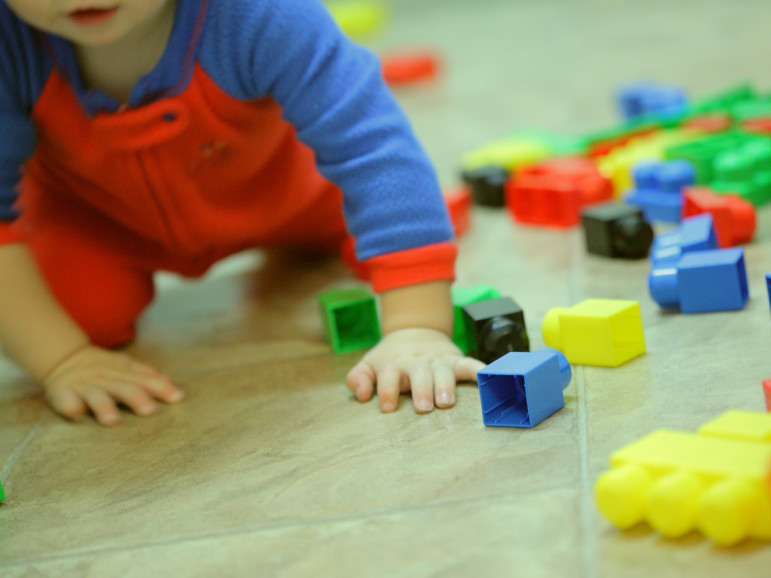Child care is unaffordable for low-income families and a heavy burden to middle-income families, according to a recent report by Child Care Aware, a nonprofit that advocates for access to child care.
The cost of child care exceeds the cost of housing or college tuition in many parts of the United States, according to the report, Parents and the High Cost of Child Care in 2015.
For example, parents in Maryland pay, on average, $13,932 for the care of a baby in a day care center for a year, according to the report. In contrast, they pay an average of $8,724 for their child to go to a state college for a year, the report said.
Average child care costs in the Northeast and Midwest exceed the cost of housing, the report said.
Federal assistance to pay for child care reaches less than 18 percent of eligible children, the report said, citing U.S. Department of Health and Human Services figures.
“Families are at the breaking point,” said Nancy Cook, chief brand manager of Child Care Aware.
In October, the Washington, D.C.-based Economic Policy Institute released figures painting a similar picture. Both reports showed the difficulties American families face in providing care for children.
[Related: Juggling Child Care, Other People’s Big Families and Toxic Chemicals]
Cook, of Child Care Aware, said families “struggle to make ends meet.”
“Families try to do what they need to do to find a [child care] solution” they can afford, she said. “They make sacrifices.”
Child care costs and other costs are rising along with inflation, but family income is not rising, said Theresa Prestwood, vice president of marketing and development at Quality Care for Children, a Georgia nonprofit devoted to making high-quality child care accessible.
Among the states, Massachusetts has the highest costs, with center-based infant care around $17,000 and care in the caregiver’s home at about $11,600, according to Child Care Aware.
A family at the federal poverty level in Massachusetts would have to spend 85 percent of their income to have a baby in a day care center, the report said.
Families whose income is double the poverty level — $39,580 for a family of three — would still find such costs prohibitive.
The U.S. Department of Health and Human Services defines 10 percent of income as the affordable level for child care.
But even in Mississippi, the state with the least expensive child care, families at the poverty level would still pay almost one-fourth of their income for one baby in a day care center.
The issue has become part of the current presidential campaign, with candidates weighing in on possible tax credits and greater pre-K access.
One reason for the high cost is the increase in the population of young parents — the millennial generation — according to the Economic Policy Institute.
As children get older, costs decrease, but parents continue to pay a great deal. Nine months of after-school care for elementary age children in a center ranges from $7,778 in Montana to $1,104 in Louisiana, the Child Care Aware report said.
More related articles:
Early Head Start (EHS) Expansion and Migrant and Seasonal EHS-Child Care Partnerships
Georgia to Begin Early Child Care Program Assessments: Department Commissioner
Childcare Experts Urge Attention to Adult in Child Welfare




























